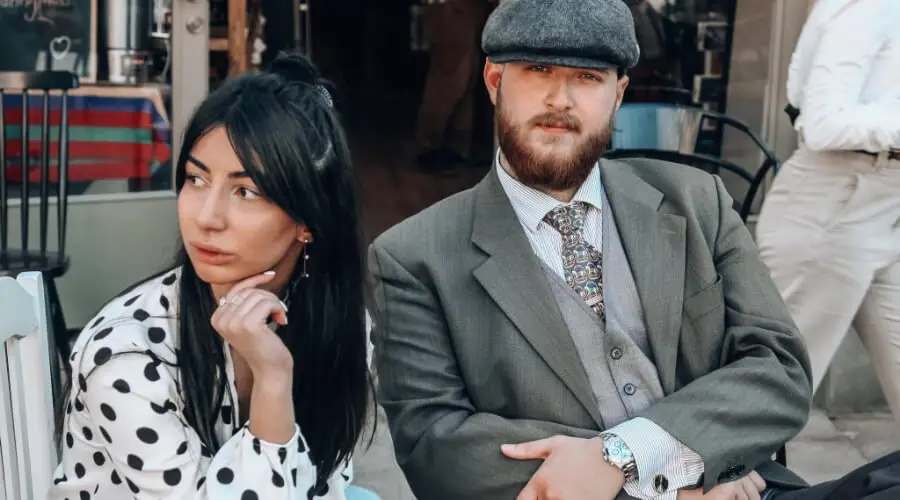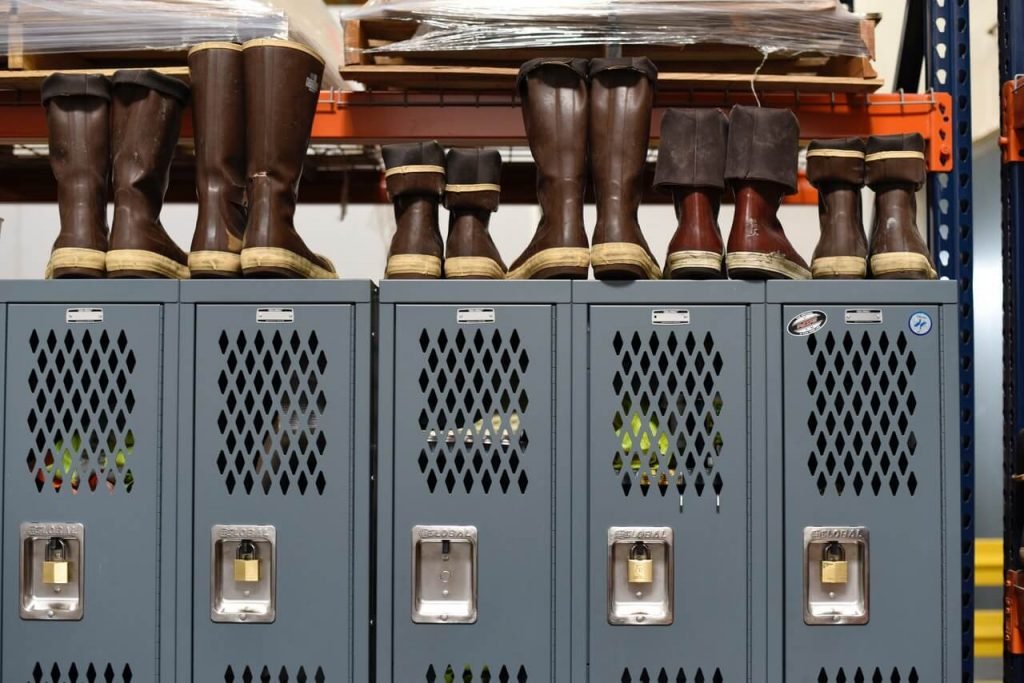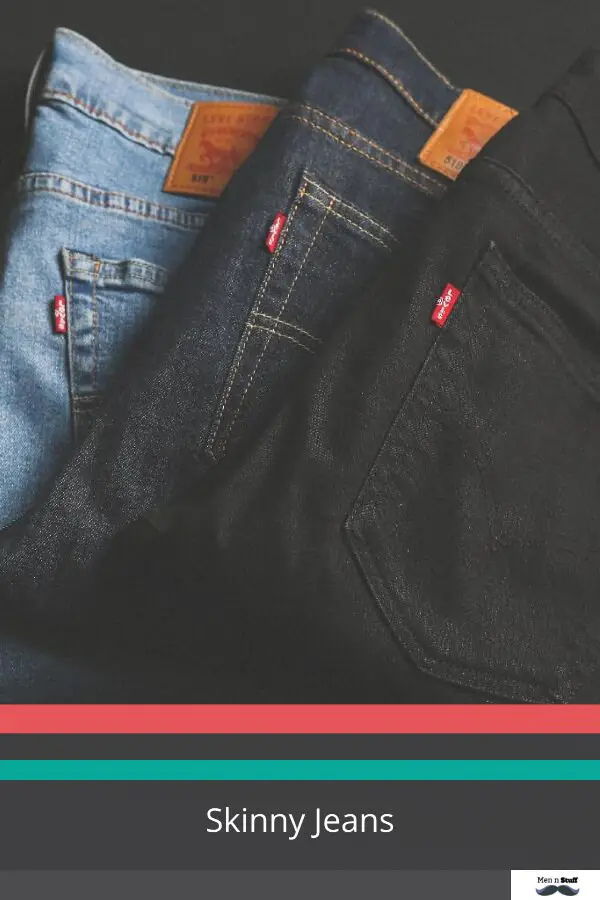The 1800s saw a dramatic evolution in fashion, with notable trends like the Empire waistline (early 1800s), crinolines (mid-1800s), and bustles (late 1800s). The 1890s brought tailored suits for women. Fashion shifted significantly during this century, reflecting societal changes.
1800s Fashion And Timeline
The 19th century, also known as the 1800s, was a time of great innovation and change, including in fashion. This article explores the defining fashion trends during the period, together progressing as a timeline.
- 1800 – 1810: The Empire Silhouette
During the first decade of the 1800s, neoclassical influence pervaded women’s fashion, leading to the popularity of the Empire silhouette. It was characterized by a fitted bodice, high waistline, and flowing skirt. For men, this era continued the Regency fashion: fitting coats, tall collars, and cravats or neckties.
- 1810 – 1820: Romantic Era Begins
The Romantic era commenced around this time, influencing fashion to a large extent. Women’s gowns remained high-waited but started having more intricate decorations. Men’s fashion mirrored military styles with dark colors and gold embroidery.
- 1820 – 1830: Sleeve Variations
Fashion in the 1820s saw the introduction of varied sleeve styles. Puffed sleeves became larger and lower, complementing narrower skirts. Men’s trousers began to replace knee breeches.
- 1830 – 1840: The Victorian Era Begins
The Victorian era began in the 1830s with marked changes in women’s fashion. Bell-shaped skirts with hooped crinolines and elaborate bonnets became vogue. For men, it was the start of tailored coats and trousers as a norm.
- 1840 – 1850: Increase in Skirt Volume
This decade saw an increase in skirt volume for women, with added layers of petticoats. Men’s suit jackets were nipped at the waist, and waistcoats were a significant part of their outfit.
- 1850 – 1860: Arrival of the Cage Crinoline
The cage crinoline arrived in the 1850s, reducing the number of petticoats women had to wear and making their movement easier. For men, the three-piece suit became standard.
- 1860 – 1870: Bustle Era
In the 1860s, bell-shaped skirts began to give way to narrower, more cylindrical skirts. To balance the narrow skirts, a bustle was added to the back. Men’s fashion hadn’t changed significantly during this period.
- 1870 – 1880: Tighter Bodices, Overskirts, and Trains
Fashion trends of the 1870s saw tighter-fitting bodices, overskirts, and trains. Men’s fashion maintained the status quo apart from a variation in jacket styles.
- 1880 – 1890: Settling of the Bustle
During this period, the bustle had significantly reduced and settled into a more natural form. Men’s fashion began to embrace casual styles.
- 1890 – 1900: Introduction of the S-Bend Corset
As the 1800s drew to a close, the S-Bend corset was introduced leading to the Edwardian silhouette. Men’s fashion saw a notable shift towards informality, setting the stage for the 20th century’s fashion revolution.
What Was The Clothing Style In The 1800s?

Women in the 1800s wore dresses, skirts and corsets that had an hourglass shape. Men often wore suits with vests or pocket watches depending on what they were doing for work. Both women’s and men’s clothing featured high waists to emphasize a curvy figure.
In some cases, people would wear undergarments like pantalettes (underwear) to make their legs look smooth and feminine. Corsets could be uncomfortable but they helped create an exaggerated curve of the torso which further emphasized a woman’s femininity. The dress was typically belted at the waistline with decorative ribbon or lace trimming around the center front opening of the skirt called basque decoration as well as usually buttons down the front and a high neckline.
In the 1800s, women wore dresses that were made of lightweight fabric like cotton or linen so they could be cool in summer months when temperatures would reach as high as 100 degrees Fahrenheit. They usually had an hourglass shape with corsets to emphasize their curves.
The dress was belted at the waistline with a decorative ribbon around it for decoration. In addition, buttons went down the front and up the back of their skirts which gave them room to move inside while keeping them from popping open too much outside where people might see what they are wearing underneath their clothes (i.e., undergarments). Men typically wore suits with vests or pocket watches depending on what work they did.
What Colours Were Popular In The 1800s?
The 1800s, also known as the 19th century, was a period of great change and development. Advances in industry and technology had a significant impact on the arts, including the type and range of colours available to artists and designers. Here’s a listicle that highlights the popular colors of the 1800s:
- Prussian Blue: This was a synthetic colour made from iron ferrocyanide and was the first synthetic blue pigment. Named after the Prussian military uniform that was this color, it was extremely popular in the 19th century, primarily in paint and dye as it was very stable and affordable.
- Crimson Lake: From the light crimson lake to the darker ones, these shades of red were the epitome of sophistication in the late 1800s, especially in home decor and women’s fashion.
- Chrome Yellow: Invented around the early 1800s, Chrome Yellow became popular in the mid-century. Vincent Van Gogh, a prominent painter in the 19th Century, frequently used this colour for its brightness.
- Scheele’s Green: Another synthetic color which took precedence in the 1800s was Scheele’s Green. A bright, light green, it was widely used in wallpapers, fabric, and dresses. However, it fell out of popularity due to its toxic arsenic content.
- Ultramarine Blue: A vibrant true blue, Ultramarine was a pigment designed to imitate lapis lazuli, a stone that was used for its blue colour throughout history. In the mid-19th century, a synthetic and less expensive version became widely available and used.
- Indian Yellow: A colour that became hugely popular in the late 1800s was the deep, vibrant Indian Yellow, frequently seen in paintings and clothing.
- Madder Red: Derived from the root of the madder plant, this color offered a range of reds and was used extensively in the textile industry during the 19th century.
What Was The Latest Fashion Trend In The 1800s?
The latest fashion trend in the 1800s was women wearing short skirts for summer months to stay cool and not wearing heavy cotton or linen clothes at 100 degrees Fahrenheit because it could be hot.
They usually had hourglass shape dresses with corsets that emphasized their curves but they did have buttons on the front of the skirt so you could get inside without getting too much air in there if you wanted, People wouldn’t know what was going on outside your clothing who might see. Women typically wore long skirts during winter time when temperatures would fall below 50 degrees Fahrenheit as a way to keep warm which is why men tended to wear black suits while women often wore white dresses
What Were Pants Called In The 1800s?
Pants were called “pantaloons” and they had buttons on them so you could get inside of them without getting too much air in there if you wanted, People wouldn’t know what was going on outside your clothes who might see.
In the 1800s pants became popular for summer months because it was said that wearing shorts or underwear with less fabric helps cool down faster than having more fabric like 100 degrees Fahrenheit but this eventually died out after some years. Pants also became popular for different kinds of activities like horseback riding. They were comfortable and cool.
What Was Expected Of A Woman In The 1800s?
Being a woman back then was very different than now, and it’s crazy to think about how many restrictions there were. In the 1800s, women were expected to be with their fathers or husbands at all times in public spaces–and if they weren’t married yet, she wasn’t allowed out on her own!
In addition to that, women also had dresses with huge hoops underneath them–that way people below could see what you’re wearing without trying. This hoop under your dress is called “pannier,” which means ‘basket.’ Women would wear these big panniers because they showed off their stuff nicely while being more conservative since everything is covered up.
What Were Coats Called In The 1800s?
Coats were called “dolmans” just like they were made out of a cotton-based fabric from the Ottoman Empire. This is also what it sounds like in Arabic: ‘to cover.’ It’s hard enough to get around with one pannier, let alone three!
Dress up in 1800s fashion for Halloween and you might just be able to rock those hoops without any complaints–or maybe not…you’ll find out soon enough 😉
Why Did Everyone Wear Suits In The 1900s?
However, it’s not that 1900s fashion was all suits. It depended on the time period and location you were in–especially if you’re talking about women’s fashions or men’s work outfits.
The 1910 suit became popular because this had been the first decade where people could afford to buy clothing outside of what they needed for their occupation. The 1950s saw more casual clothes as skirts got shorter while men went back to wearing ties again after WWII ended.
References:
https://www.familysearch.org/en/blog/1800s-fashion-19th-century
https://vintagefashionguild.org/1800s/

